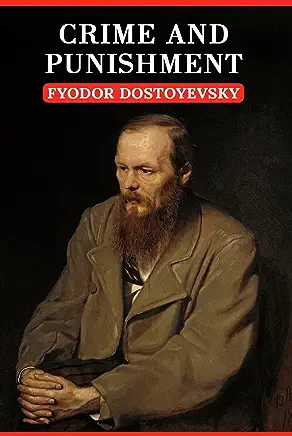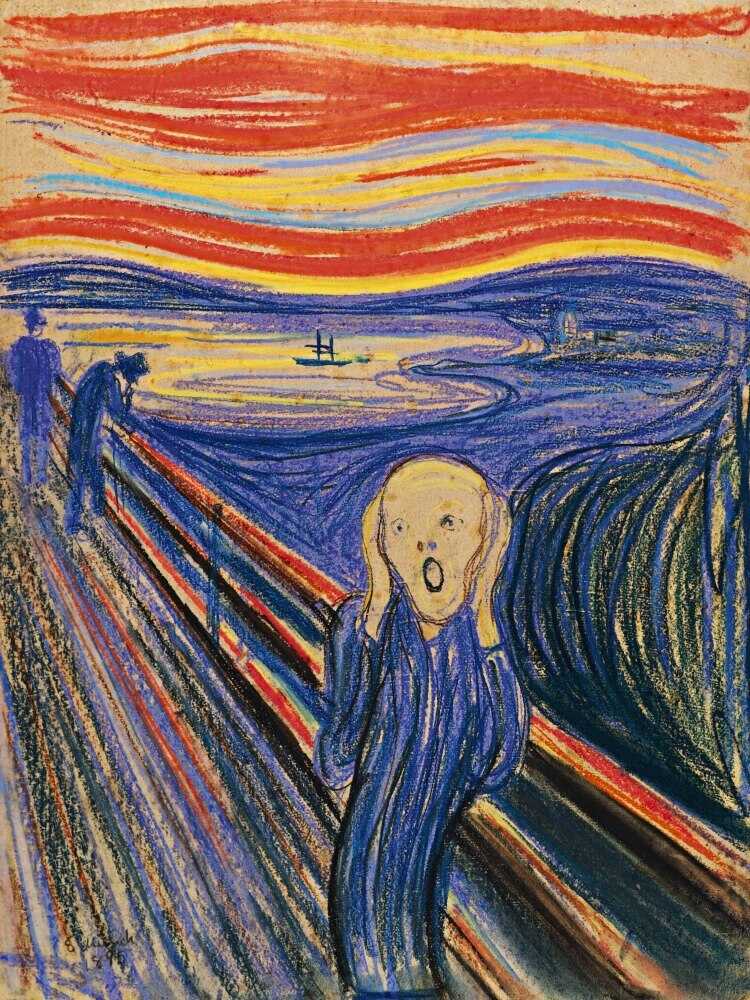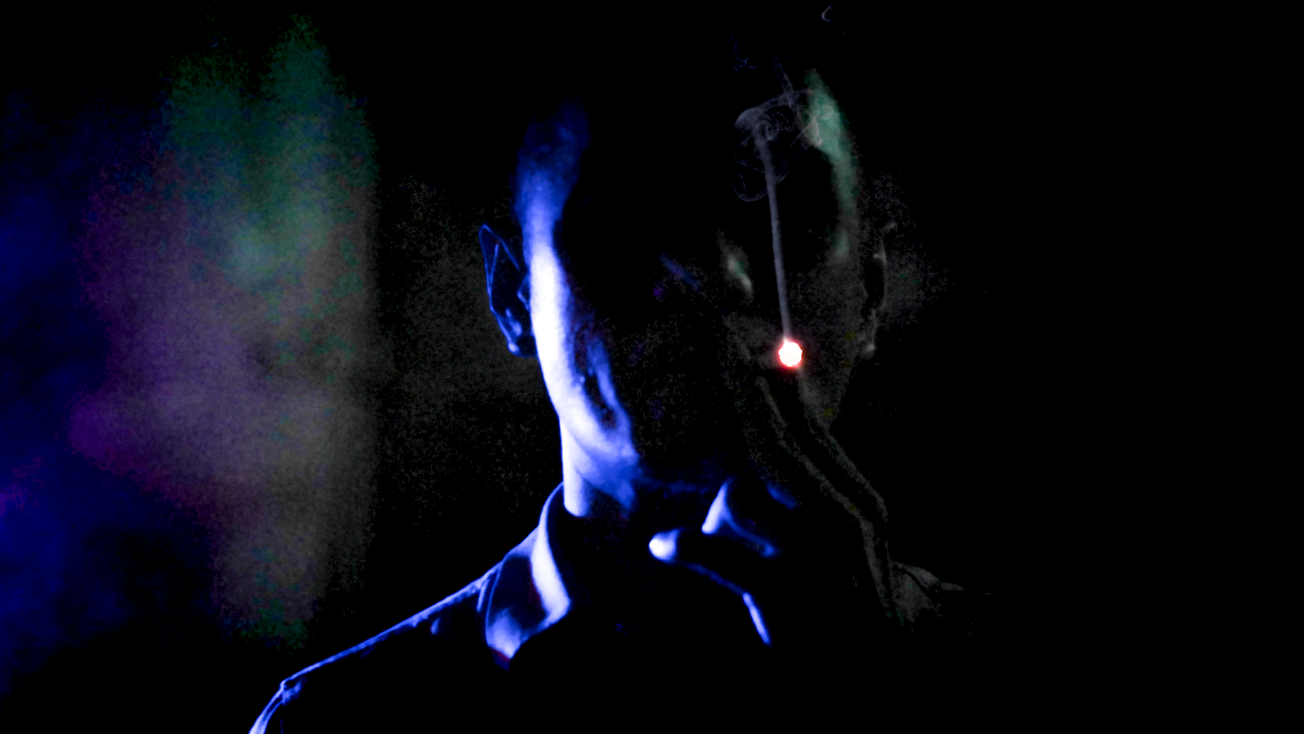Keywords: Justice system, crime and punishment, reform, parole, LGBT rights, hate crimes, Three words: Controversial, Engrossing, Insightful
Introduction
"The Guy With the Knife" is a 2015 documentary directed by Alison Armstrong. It chronicles the case of Jon Buice, a Texan man who was sentenced to 45 years in prison for the murder of a gay man in 1991. The documentary presents a profound exploration of the complexities of the justice system, particularly the challenge of balancing punishment with rewarding reformation.
Synopsis
In 1991, Jon Buice and a gang of friends brutally beat and murdered a gay man in Texas. Buice, then 17, was sentenced to 45 years in prison. However, during his time behind bars, Buice claimed he had reformed - he taught literacy to inmates and earned three college degrees. The parole board voted unanimously in 2011 to release him, but his parole was rescinded after an appeal from the victim’s mother. "The Guy With the Knife" delves into this captivating story, highlighting the complex issues surrounding justice, punishment, and reform.
More Film Analysis
Analysis
The documentary's approach is comprehensive and balanced, offering a deep dive into the details of the case, the legal system, and the lives affected by the crime. It meticulously explores the subject matter through interviews, court records, and personal accounts.Historical and Factual Context
The murder case was a significant event in Texas, sparking debates about hate crimes and the treatment of LGBT individuals. It also raised questions about the fairness and efficacy of the justice system.Key themes in the film
- The justice system and its effectiveness
- The possibility of reform within prison systems
- The impact of hate crimes on society
- The role of victim's families in parole decisions
Film Comparisons
"The Guy With the Knife" can be compared to documentaries such as "Making a Murderer" and "The Central Park Five", which also investigate controversial criminal cases and question the justice system.
Noteworthy Moments
A significant moment in the documentary is when the parole board initially agrees to release Buice, indicating that his reformation efforts were acknowledged. However, the subsequent rescinding of the parole decision underscores the powerful influence of victims' families.
Reviews
The documentary has received praise for its in-depth examination of a controversial case and its exploration of complex themes. Critics have lauded it for presenting a balanced viewpoint and provoking thought on the justice system and the possibility of reformation.
Conclusion
"The Guy With the Knife" is a must-watch for anyone interested in criminal justice, societal issues, or human-interest stories. It offers a compelling analysis of the justice system and the complexities surrounding punishment and reform.
More film information:
FILM SUMMARY
- Genre: Documentary
PERSONALITIES
- Jon Buice: The central figure who was convicted for murder and later claimed to have reformed in prison.
- Victim's Mother: Influential figure in the parole decision process.
LOCATIONS
- Texas: The state where the crime took place and where Buice was imprisoned.
Key Questions Raised by the Film:
- Can individuals truly reform in prison?
- How should the justice system balance punishment with rewarding reformation?
- What role should victims' families play in parole decisions?
Links for Further Exploration:
I wonder what the film would be in another art form



- If this film was a famous book, it would be "Crime and Punishment" by Fyodor Dostoevsky, which explores themes of guilt, redemption, and the morality of crime.
- If this film was a famous song, it would be "Redemption Song" by Bob Marley, symbolizing hope and change.
- If this film was a famous piece of art, it would be "The Scream" by Edvard Munch, representing the anguish and torment of the central figures.
- If this film was a famous celebrity, it would be Robert Downey Jr., who overcame personal struggles to achieve success.
- If this film was a color, it would be grey, symbolizing the murky areas between right and wrong, guilt and innocence.
- If this film was a music style, it would be blues, reflecting the emotional depth and complexity of the story.








